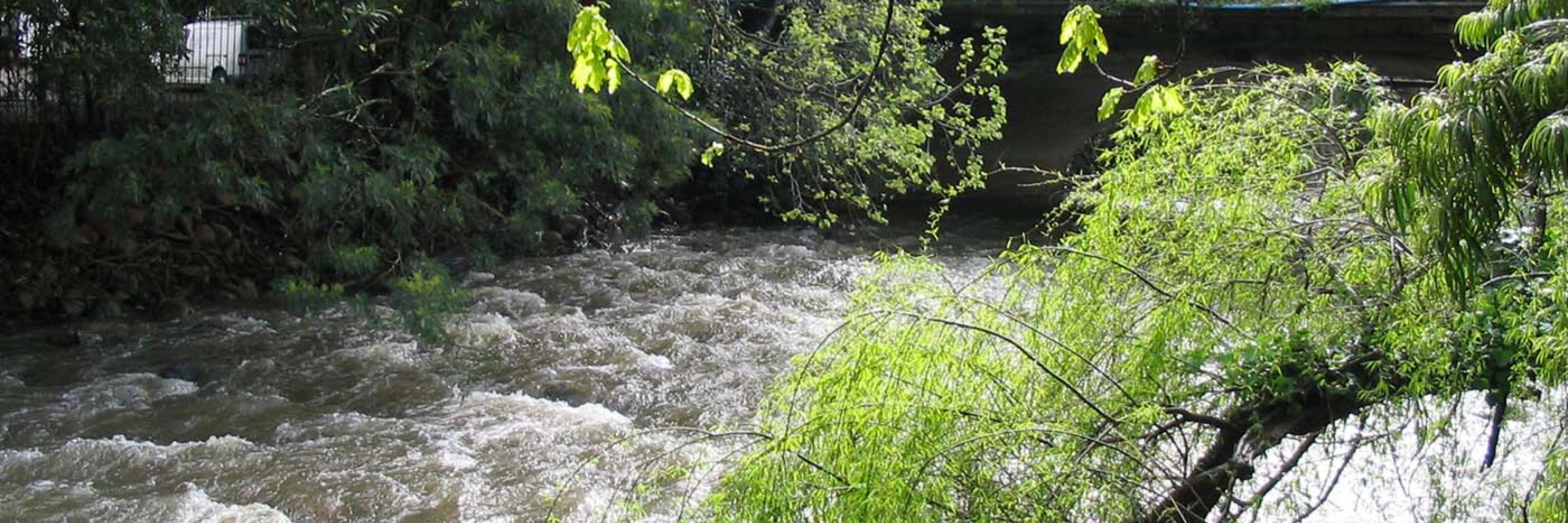
Eerste River: rehabilitation of ecosystem services by the Faure local community
The Faure community is a historical hamlet with cultural and environmental significance (Clift, 2011; Ngwenya, 2006). Hidden on the bank of the lower Eerste river Faure is nestled in a sensitive wetland between major roads and rapid urban expansion in the urban interface of the City of Cape Town (COCT) and Cape Winelands in the greater Stellenbosch area.
Rationale
Landscape transformation into urban areas and intense agriculture such as orchards and vineyards impact water quality and quality in the following manners:
- Surface hardening in urban areas
- Pollution from the urban environment (sewage spills, oils, nitrification)
- Degradation of natural purification systems such as wetlands and the loss of functioning of the riparian zone due to alien invasion, degradation of the natural riparian zone and encroachments by activities
- Urbanisation in wetlands and sensitive
- Wrong contracting model for environmental services
The values and heritage of the Faure community make them sensitive to the loss of natural systems. Major causes for wetland degradation are the ignorance of people, about the benefits of wetlands and the weak implementation of frameworks and policies that currently exist (Adeeyo et al., 2022).
Strategy
The reduction of human impact on the environment, utilising the opportunities by enabling the community to provide services, that will improve the environment for all while generating income to relieve poverty in the community. The community seeks economically viable projects that encompass their values, tradition, and heritage, like creating protected and managed Eco-Cultural corridors.
Methods
Water quality can be improved in three manners in this case:
- By removing the factors and activities that are creating poor water quality and environmental degradation
- Cooperating with their up- and downstream neighbours, practicing water conservation, and collaborating with the different community‘s traditional and indigenous knowledge, thereby releasing more water for ecological flow and creating a dilution effect.
- By improving the natural functioning state of the riparian zones, wetlands, and water bodies so that the ecosystem can act as a filter for pollutants and biodiversity corridors enhancing the ecological resilience of the catchment
- To monitor the effects and progress of the program.